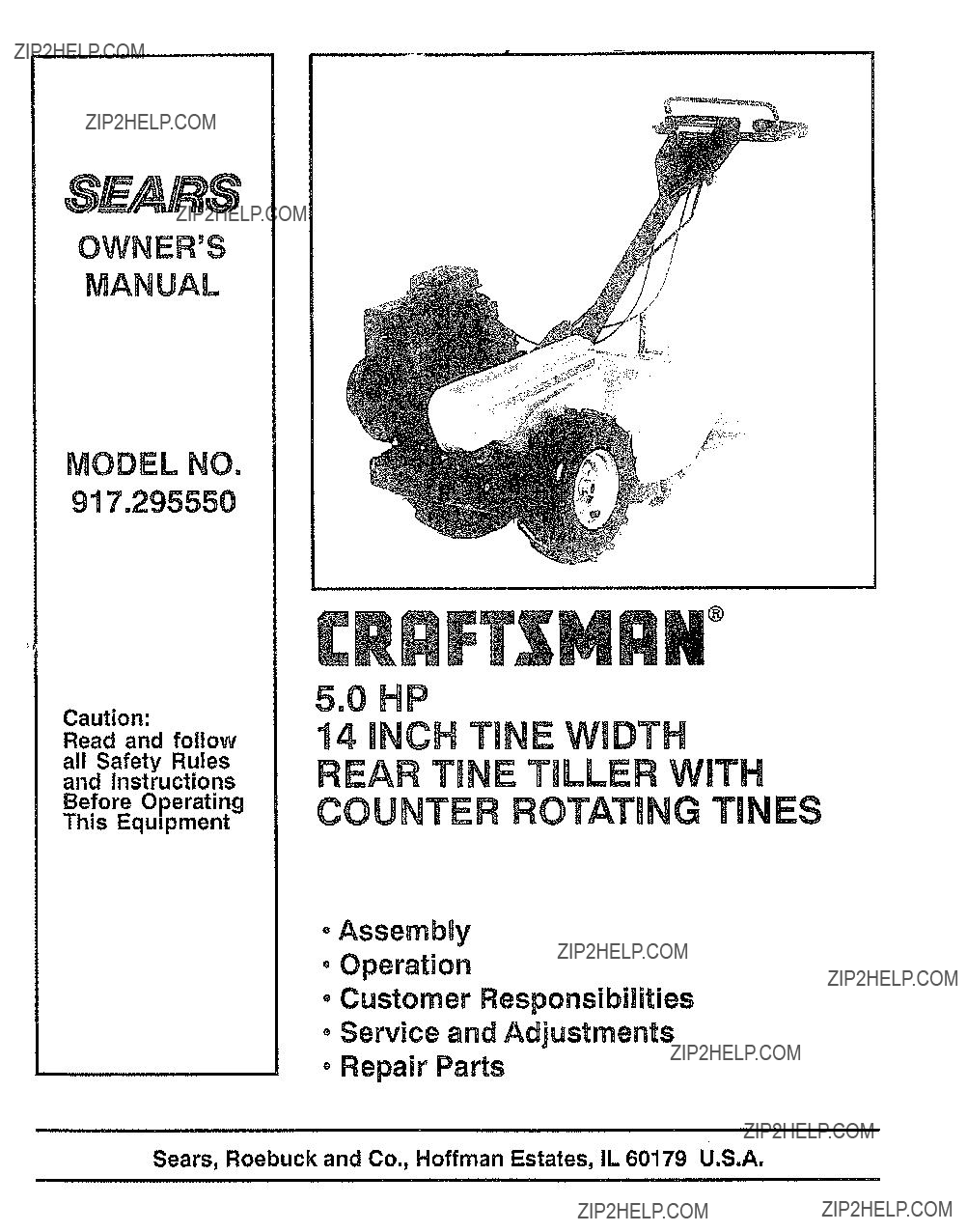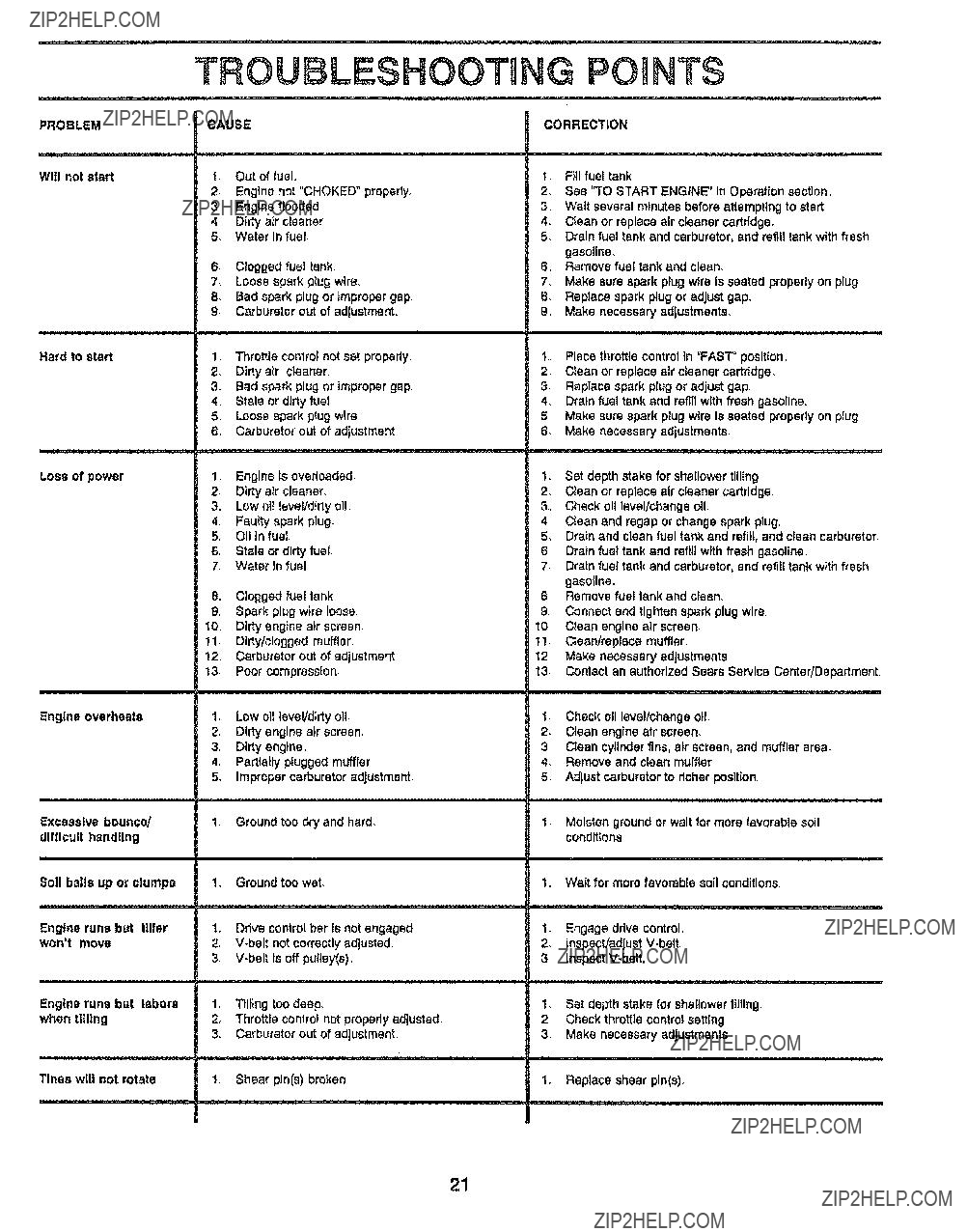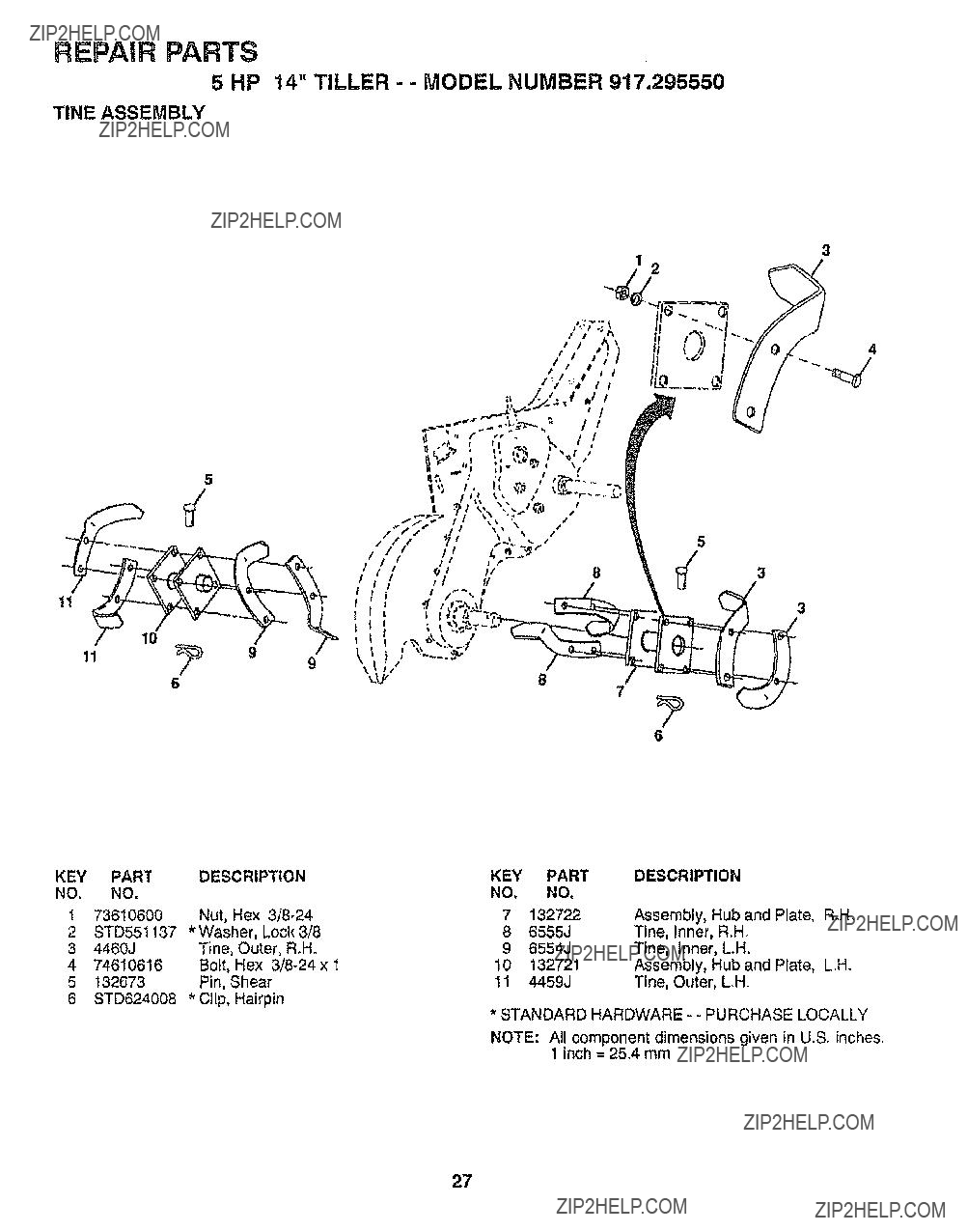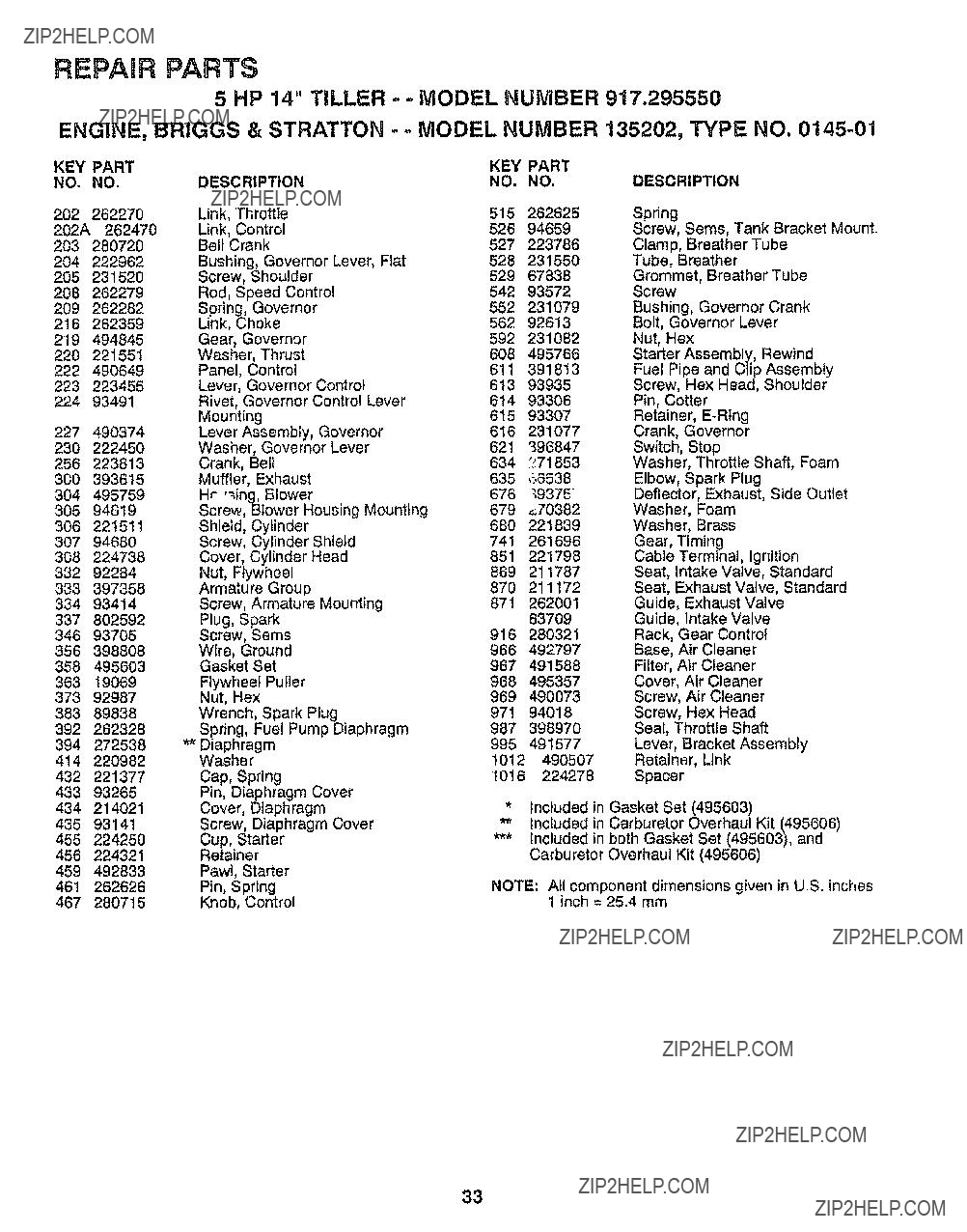TRAINING
???Read the Owner's Manual carefully. Be thoroughly familiar with the controls and the proper use of the equipment. Know how to stop the unit and disengage the controls quickly??
???Never allow children to operate the equipment. Never
allow adults to operate the equipment without proper instruction.
???Keep the area of operation clear of afl persons, particu- larly small children, and pets??
PREPARATION
???Thoroughly inspect the areawhere the equipment is to be used and remove all foreign objects.
???Disengage all clutches and shift into neutral before
-starting the engine (motor).
???Do not operate the equipment without wearing ad- equate outer garments. Wear footwear that will im- prove footing on slippery surfaces.
???Handle fuel with care; it is highly flamrnabteo o Use an approved fuel container.
???Never add fuel to a running engine or hot engine.
???Fill fuel tank outdoors with extreme care. Never fill fuel tank indoors
???Replace gasoline cap securety and clean up spilled fuel before restarting
???Use extension cords and receptacles as specified by the manufacturer for all units with electric drive motors or electric starting motors
???Never attempt to make any adjustments while the engine (motor) is running (except where specifically recommended by manufacturer)_
OPERATION
??Do riot put hands or feet near or under rotating parts.
???Exercise extreme caution when operating on or cross- ing gravel drives, walks, or roads, Stay alert for hldden hazards or traffic. Do not carry passengers.
???After'striking a foreign object, stop the engine (motor), remove the wire from the spark plug, thoroughly in- spect the tiller for any damage, and repair the damage before restarting and operating the tiller'.
???Exercise caution to avoid slipping or falling,
???If the unit should start to vibrate abnormally, stop the engine (motor) and check immediately for the cause. Vibration is generally a warning of trouble.
,Stop the engine (motor) when leaving the operating position_
,Take all possible precautions when leaving the ma- chine unattended, Disengage the tines, shift into neutral, and stop the engine.
???Before cleaning, repairing, or inspecting, shut off the engine and make certain all moving parts have stopped_ Disconnect the spark plug wire, and keep the wire away from the plug to prevent accidental starting. Disconnect the cord on electric motors.
???Do not run the engine indoors; exhaust fumes are dangerous.
???Never operate the tiller without proper guards, plates, or other safety protective devices in place.
??Keep children and pets away.
,Do not overload the machine capacity by attem pting to till too deep at too fast a rate,
???Never operate the machine at high speeds on slippery surfaces Look behind and use care when backing.
,Never allow bystanders near the unit,
???Use only attachments and accessories approved by the manufacturer of the tiller (such as wheel weights, counterweights, cabs, and the like),
???Never operate the tiller without good visibility or tight.
???Be careful when tilling in hard ground The tines may catch in the ground and propel the tiller forward. If this
occurs, let go of the handlebars and do not restrain the machine.
MAINTENANCE AND STORAGE
oKeep machine, attachments, and accessories in safe working condition,
???Check shear pins, engine mounting bolts, and other bolts at frequent intervals for proper tightness to be sure the equipment is in safe working condition.
???Never store the machine with fuel in the fuel tank inside a building where ignition sources are present, such as hot water and space heaters, clothes dryers, and the
like. Allow the engine to cool before storing in any enclosure,
???Always refer to the operator's guide instructions for important details if the tiiler is to be stored for an extended period.



































